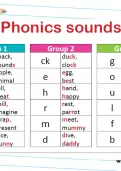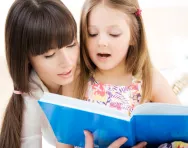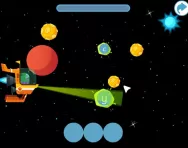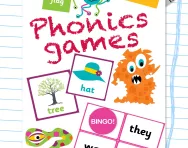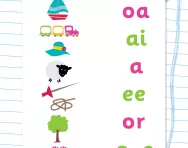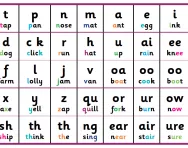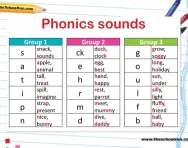Important update from TheSchoolRun
For the past 13 years, TheSchoolRun has been run by a small team of mums working from home, dedicated to providing quality educational resources to primary school parents. Unfortunately, rising supplier costs and falling revenue have made it impossible for us to continue operating, and we’ve had to make the difficult decision to close. The good news: We’ve arranged for another educational provider to take over many of our resources. These will be hosted on a new portal, where the content will be updated and expanded to support your child’s learning.
What this means for subscribers:
- Your subscription is still active, and for now, you can keep using the website as normal — just log in with your usual details to access all our articles and resources*.
- In a few months, all resources will move to the new portal. You’ll continue to have access there until your subscription ends. We’ll send you full details nearer the time.
- As a thank you for your support, we’ll also be sending you 16 primary school eBooks (worth £108.84) to download and keep.
A few changes to be aware of:
- The Learning Journey weekly email has ended, but your child’s plan will still be updated on your dashboard each Monday. Just log in to see the recommended worksheets.
- The 11+ weekly emails have now ended. We sent you all the remaining emails in the series at the end of March — please check your inbox (and spam folder) if you haven’t seen them. You can also follow the full programme here: 11+ Learning Journey.
If you have any questions, please contact us at [email protected]. Thank you for being part of our journey it’s been a privilege to support your family’s learning.
*If you need to reset your password, it will still work as usual. Please check your spam folder if the reset email doesn’t appear in your inbox.
Phonics letters and sounds
What are phonics letters and sounds?
Phonics letters and sounds refer to a method of teaching reading and spelling that focuses on the relationship between sounds (phonemes) and the letters (graphemes) that represent them in written language. Some people call these alphabet sounds, but most primary schools will refer to this as phonics.
How do you tell the difference between letters and sounds?
Letters are the written symbols we use in words. Each letter has a shape, like 'A', 'B', 'C', and so on. When we write words on paper or type them on a screen, we use letters. For example, when you write 'cat,' you use the letters 'c,' 'a,' and 't.'
Sounds, on the other hand, are the noises we make when we talk. For instance, when you say 'cat,' you make three sounds: 'kuh,' 'aah,' and 'tuh.' Each sound is like a small part of the word.
The fun part is that each letter matches up with a sound. So, when you see the letter 'C,' you know it makes the 'kuh' sound, like in cat. And when you see the letter 'A,' it usually makes the 'aah' sound, like in cat.
Teaching phonics helps kids learn these connections between letters and sounds. When they see the word 'cat,' they can figure out what sounds the letters make and blend them together to say the word. It's like a secret code that helps children to read and write!
What will you find in this Phonics letters and sounds worksheet?
Use this teacher-created phonics letters and sounds worksheet to help your child memorise groups of sounds and the letters they correspond with – displayed in a simple but visually effective way. The sounds are grouped into the order your child will most likely be learning them at primary school.
You can browse through a complete list of our phonics worksheets to find the best ones for your child; remember to filter the results by key stage or year group to find the most age-appropriate resources.
